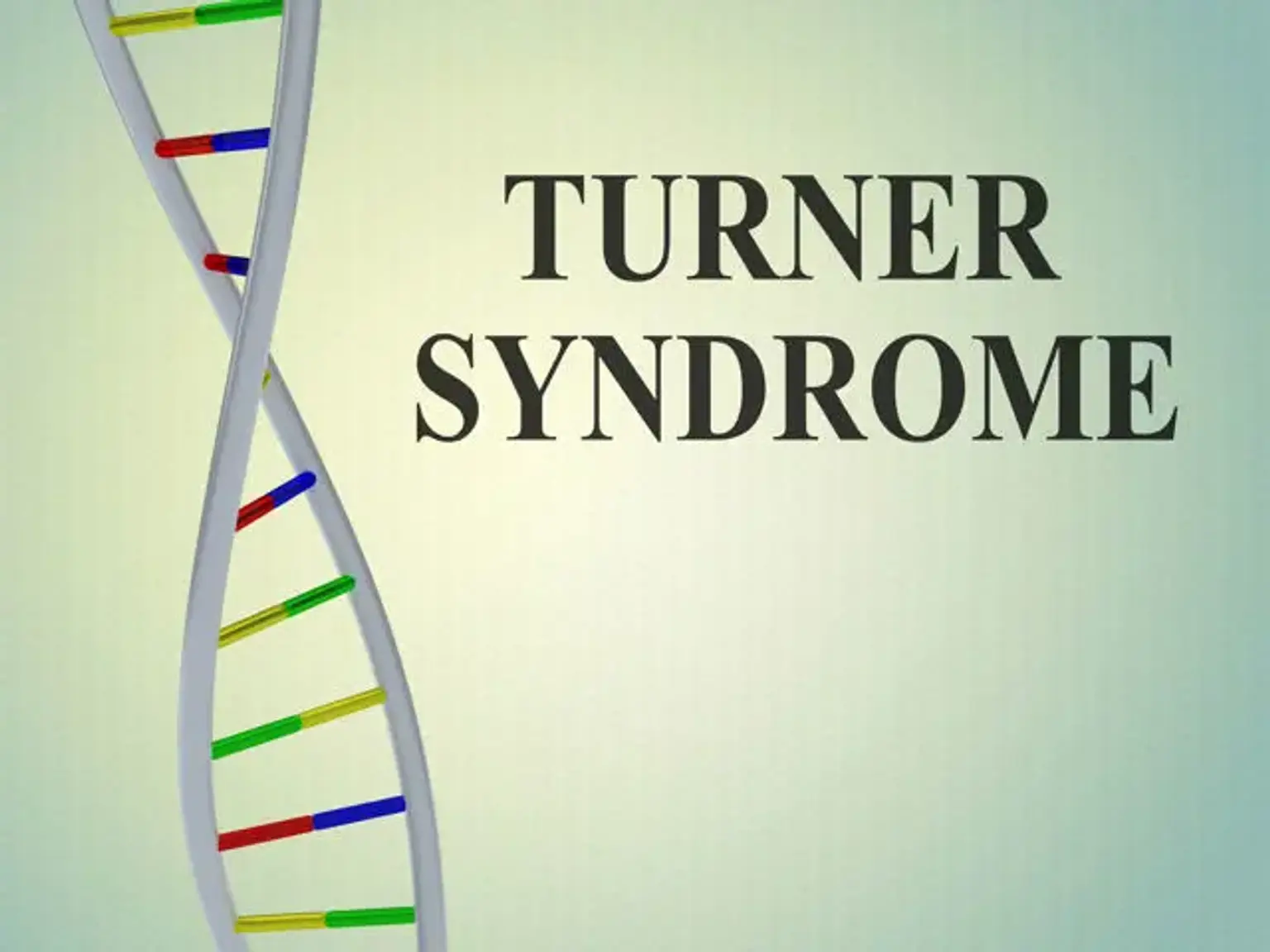Turner syndrome
Overview
Turner syndrome (TS) is a neurogenetic condition that is distinguished by partial or complete monosomy-X. TS is related with various physical and biological characteristics such as estrogen deficit, low height, and a higher risk for a variety of ailments, the most serious of which are heart issues. To address low stature and estrogen deficit, girls with TS are routinely treated with growth hormone and estrogen replacement therapy.
The cognitive-behavioral phenotype linked with TS includes linguistic domain strengths as well as visual-spatial, executive function, and emotion processing deficits. The short stature homeobox (SHOX) gene has been discovered as a potential gene for short stature and other skeletal abnormalities linked with TS, however the gene or genes related with cognitive deficits are presently unclear.
However, tremendous progress in understanding the neurodevelopmental and neurobiologic mechanisms causing these abnormalities has been accomplished, and promising therapies are on the horizon. Less is known about psychosocial and mental functioning in TS, however this paper suggests important features of psychotherapy treatment strategies. Continued genetic studies, such as microarray analysis, and the identification of potential genes for both physical and cognitive traits, should be part of future TS research.
